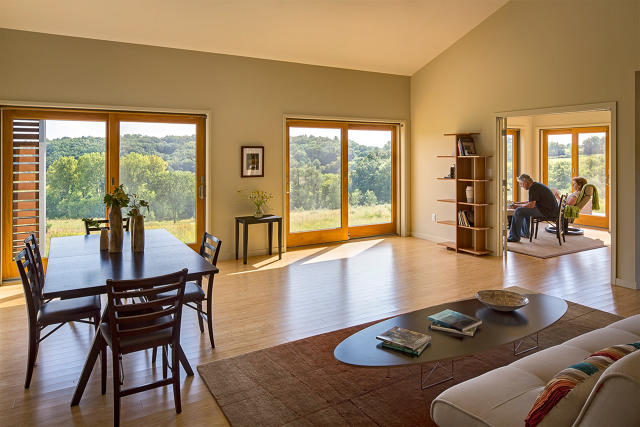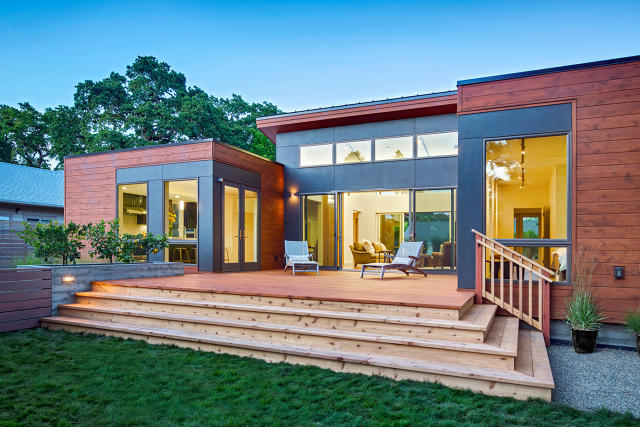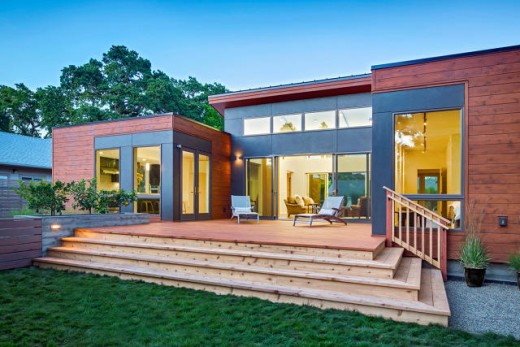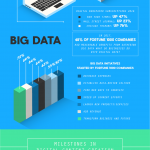you’d never bet These gorgeous, net-Zero houses were inbuilt A manufacturing unit
Blu homes is attempting to make inexpensive, sexy pre-fab houses. and soon, they are going to produce extra energy than they use.
April 29, 2015
reasonably priced, top quality prefab homes have all the time been a dream not slightly inside attain. The market today is proscribed (most effective 2% of latest single-family properties), and identified for flimsy cookie-cutter fashions that don’t enchantment to most mainstream american citizens. but that’s slowly beginning to change as premium factory-built houses turn into a extra viable option for reasonable property homeowners.
the corporate most accountable for this trend in the U.S. is Blu houses, a Bay area startup based in 2008. using its online software, Blu houses permits consumers to mix, healthy, and customise their dream home right down to the small small print. From there, it takes care of virtually the whole thing else, together with allowing (see its manufacturing facility right here). via growing an origami-like folding gadget that permits it to economically ship larger properties all around the country than can most often fit on a flatbed truck, it has been ready to create larger-quality, for a larger shopper market. Its initiatives will also be completed from starting to end in as little as just a few months with no contractors needed, as opposed to the ceaselessly multi-year, time-intensive technique of conventional dwelling development.

while the homes are nonetheless expensive, Blu properties needs to do for the manufacturing facility variation of house production what Ford did with the automobile. better volumes on its production line will ultimately decrease costs for everybody. as of late, Blu homes are extra within the vary of would-be Tesla patrons. eventually, co-founder Maura McCarthy envisions one thing nearer to the version T.
In 2015, whereas doubling gross sales, the corporate has been ready to decrease its costs for the primary time. whereas lots of the homes it has installed to this point have been in California and the East Coast, it is starting to penetrate middle the us—promoting devices now in Michigan and Oklahoma.
“My 5-yr vision is a $350,000 Breeze house, that’s where I’m headed—and each other house is going to be pulled together with it,” says McCarthy, relating to the company’s biggest adaptation, a 3-to-5 bed room, just about three,000-square-foot residence that begins at $495,000 lately.

past convenience to home buyers, the manufacturing facility-constructed variation fits neatly into a number of social and demographic developments. Most of Blu homes’ customers as of late are older couples who’re constructing smaller, hip homes in desirable places where they may be able to “age in place” and have household come talk over with. an increasing number of projects are “city infill” homes, where persons are building new homes or accent dwelling devices in on metropolis so much that were in the past untenable or negative situation.
Prefab properties are additionally beginning to fulfill their inexperienced attainable. as a result of it’s working with economies of scale, Blu houses is able to construct properties extra effectively than an absolutely custom builder, and likewise in a position to construct more environment friendly, sustainable houses—making it easier than ever for mainstream consumers to are living greener lives.
not too long ago, it set a purpose to make all of its houses use “internet-zero” energy by using 2020, and in California, by 2018 (the place a state regulation requires this by means of the top of the last decade). Already, it has built a few “net zero” homes on each the East and West coast through a combination of sunlight panels, an outstanding HVAC system, and a “tight” constructing envelope that reduces leakages. Its newest models include home automation techniques and a gadget that hooks the solar panels right away to the grid.
Blu houses’ customer advisory board has been sending the company its electric payments; even a consumer in Buffalo went throughout the winter using 20% of the power she used to, says McCarthy.
“if you close your eyes and also you imagine how a house was once built when you were a baby to your neighborhood and…how the same house was built lately, there’s basically no difference,” says McCarthy. “It’s an industry that’s been just about untouched by way of know-how, and it’s now not been very progressive.”
[All Photos: via Blue Homes]
(138)














